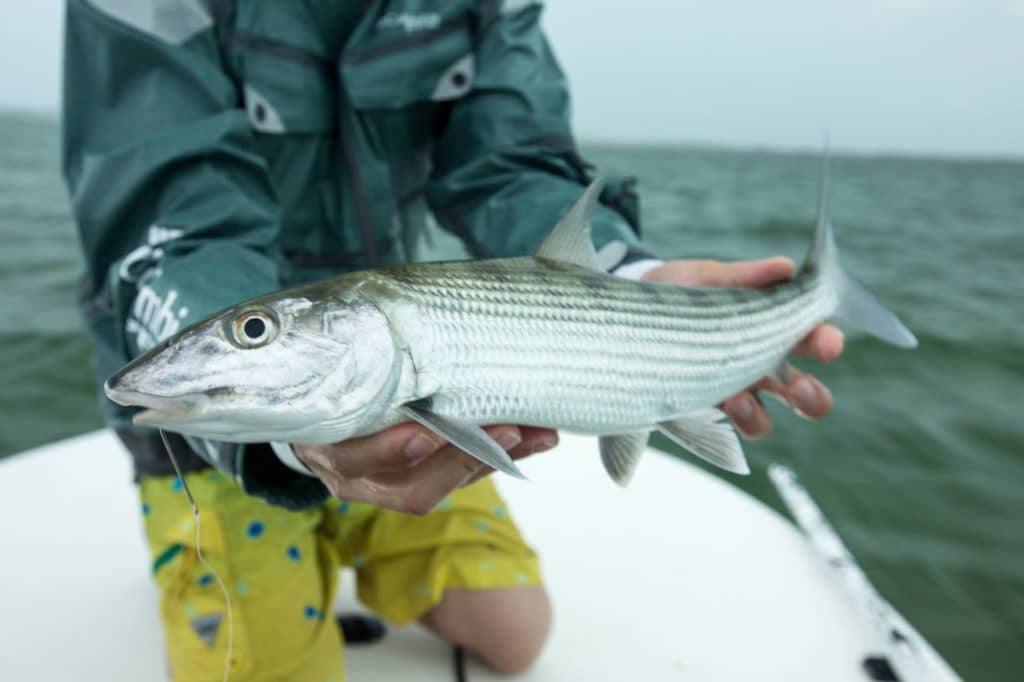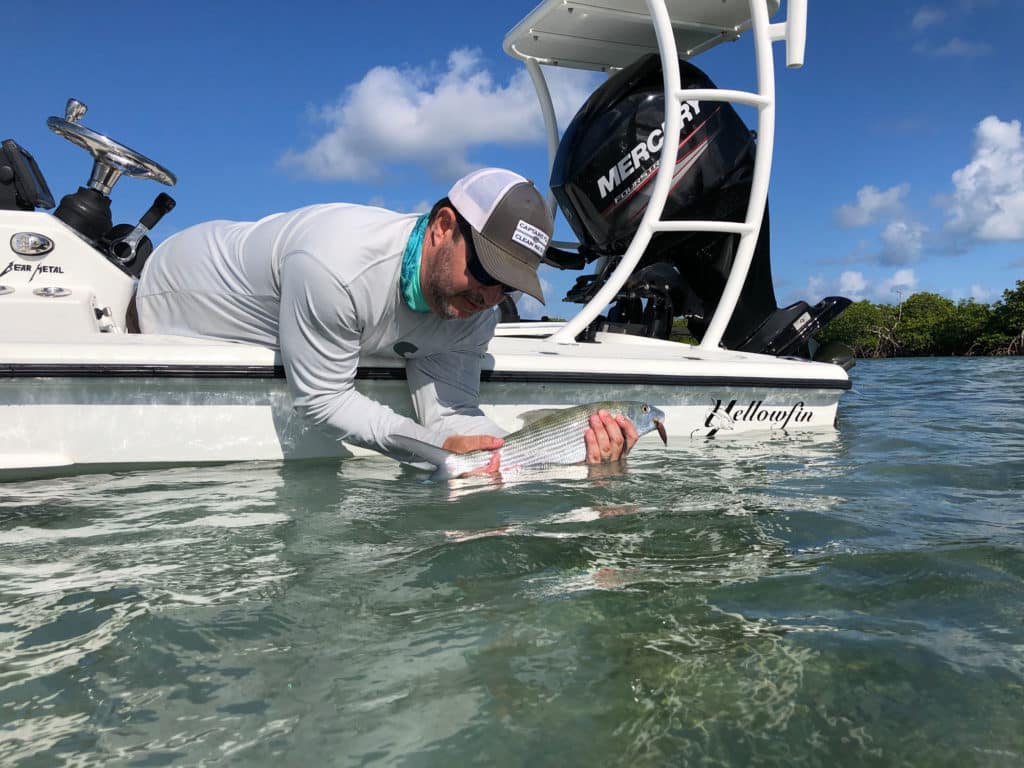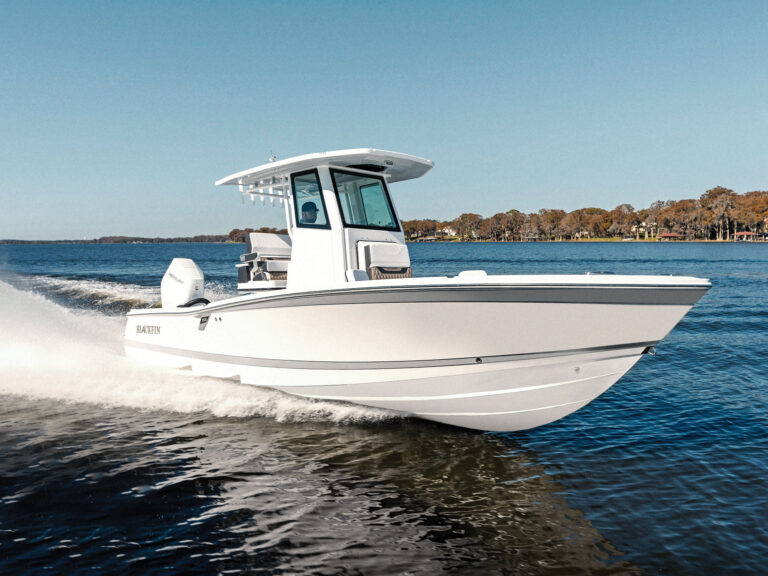
There’s nothing like the sizzling run of a bonefish across a flat in 2 feet of water. And there’s no better place to experience the thrill of hooking a bonefish than the Florida Keys.
The often-skittish fish roam from North Key Largo to the Marquesas, west of Key West. The best times of the year for bonefishing are in fall and spring, when water temperatures aren’t too hot or too cold, although the fish can be caught year-round if anglers watch the weather, time of day and the tides.
In general, prime times for bonefish are late March through June and late September through November. Bonefish are happiest when water temperatures remain between 72 and 88 degrees.
Those who don’t mind being on the flats at daybreak can catch bonefish in July and August because the shallow water has cooled off overnight. During cooler times of the year, when cold fronts approach the Keys, bonefish often leave the flats of Florida Bay and the Gulf of Mexico for the warmer water of oceanside flats. But a winter warming trend has bonefish feeding on backcountry flats in midwinter.
Bonefish guides have two primary ways of pursuing bonefish: sight-fishing, where they use a push pole to maneuver their lightweight skiff across a flat as they look for the fish, and staking out, where they stick the push pole into the bottom and secure the skiff to it along known bonefish travel lanes.

Stalking bonefish is where the species got its nickname, the “gray ghost” of the flats. The fish often appear as light shadows as they swim across flats with a mix of healthy, green seagrass and sandy bottom. Clear blue skies are better for seeing bonefish than skies with lots of white clouds, which put glare on the water.
The ideal sight-fishing situation is when bonefish tip their heads down to feed on shrimp and crabs because their dorsal fins and tails stick out of the water. Tailing fish, as they are known, are much easier to spot than cruising fish.
Whether a fish is tailing or cruising, anglers try to cast a live shrimp or crab, a lure imitating those crustaceans, or a fly in the path of the fish. Cast too close and the spooky gray ghost disappears.
Guides who stake out, also known as dead-boating, set up on the edge of a flat where it’s easier for the fish to find a bait by sight and scent. From their years of experience, they know what routes the fish take onto, across and off a flat.
They rig 12-pound spinning outfits with live shrimp, cast the baits where they expect the bonefish to travel, then put the rods in the rod holders and wait for a bite. It’s not as glamorous as sight-fishing, but the method is highly effective, and it’s just as exciting when a bonefish finds your shrimp and zings 100 or more yards of line off your reel on its first run.
To book your next fishing trip please visit BaitYourHook.com.





